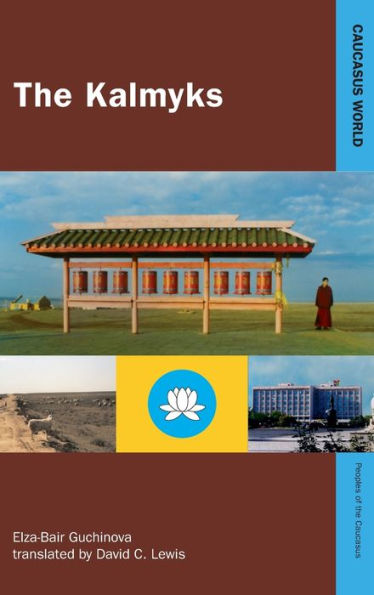The Kalmyks are in a unique position among the peoples of Europe in several respects, most conspicuously as being the only Buddhist people group in Europe. Until recently they had been a nomadic people, grazing their flocks and herds in the steppe lands north of the Caspian Sea, between the Volga river and the Caucasus mountains. Nowadays, with Russia’s transition to a post-Communist state, the relatively young President of Kalmykia stands out as being a self-made millionaire who has helped put his region 'on the map' not only by promoting economic ties with Japan and the West but also by hosting an international chess Olympiad.
This practical guide written by a Kalmyk anthropologist, provides a comprehensive introduction to the Kalmyk people. The wide-ranging chapters give an overview of the Kalmyks, focusing on many facets of the Kalmyk culture, including language use, the traditional nomadic economy and dwellings, Kalmyk family and gender relationships, rites of passage, food and clothing, folk crafts, Kalmyk religion and the role of folklore and epic in Kalmyk culture. The Kalmyks provides an original and fascinating perspective on little-known Asiatic people whose history and culture have become intertwined with that of Europe.



